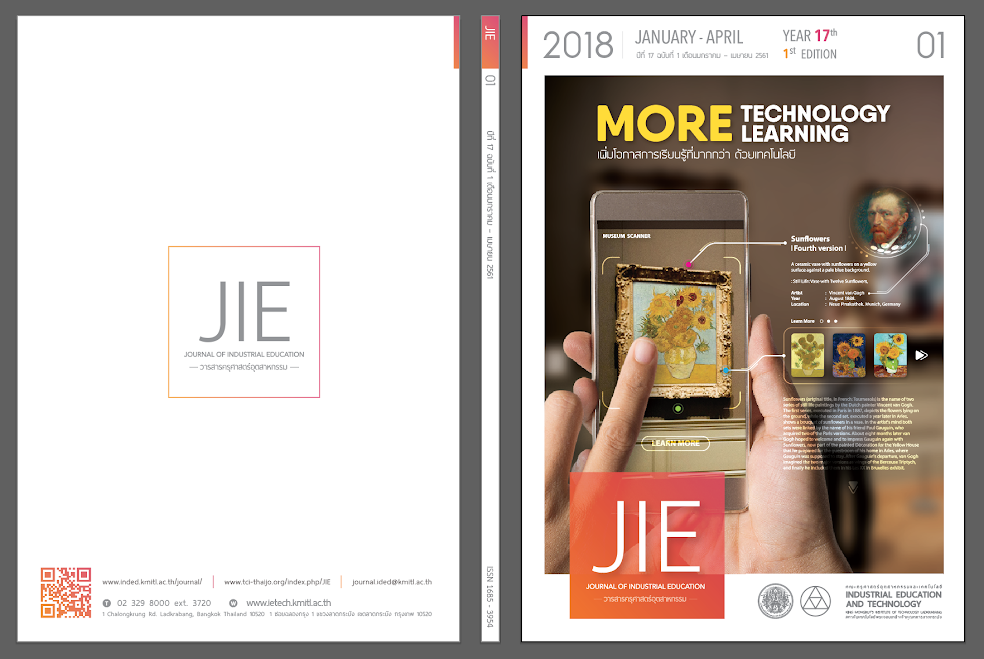KAYA NAGARA: CULTURAL ECOLOGY OF SUKHOTHAI ANCIENT CITY DURING 13-14th CENTURY
Keywords:
Sukhothai Ancient City; Inscription; Cultural ecology; Sutta Pitaka×Abstract
During 13th-15th Century, Theravada Buddhism, which has its focus and emphasis on the Teachings of Buddhist Scriptures (Tripitaka), had influenced Sukhothai ancient city’s cultural development and continuously acted as a critical contributing factor to the ecological cultural elements in the city of Sukhothai such as Buddha Relics Enshrining, The Bodhi tree Planting, Buddha Footprint Enshrining including the naming of city elements as well.
Objective of this research is analysis and synthesis of the Ideological concepts on Sukhothai ancient city through the study of the four Inscriptions of Sukhothai culture that are primary historical evidence, namely The King Ram Khamhaeng Inscription, Wat Sri Chum Inscription, Wat Pamamuang Inscription and Nakhon Chum Inscription together with Sutta Pitaka, Samyutta-nikya, Salayatana vagga, and Atthakatha. The study of the Sukhothai Inscriptions found that human body such as the head, the mouth, and the foot was used to call the directions and the space of the Sukhothai city. This metaphor of the human body system to a city is related to the concepts and the teachings of the Buddha in the Sutta Pitaka. Additionally, the description of the scriptures had further explained that the city where Buddha relics are regarded as the most important symbol represents nirvana. Buddhism’s ultimate goal showing that the need for liberation has been significant in the Sukhothai culture inscription.
References
[2] Srisak Vallipodom and Walailuk Throngsiri. 2551.Nagara Phrae From the Past to Present: Cultural Landscape, Faith and Local History. Bangkok: The Thailand Research Fund.
[3] Jatuporn Sirisumphan and Others. 2548. Inscription Collection Volume 8 Sukhothai Inscriptions. Bangkok: Amarin.
[4] Prasert Na Nagara. 2547. The Interpretation of Sukhothai Inscriptions. Nonthaburi: Sukhothai Thammathirat.
[5] Phra Prom Khunaporn (Prayuth Puytto). 2553. Tripitaka: Buddhist must khown. Bangkok: Chanpen.
[6] Niyada Lausoonthorn. 2538. Study of Sources of Triphum Praruang. Bangkok: Mae Khamphang.
[7] 2500. Tripitaka Book 18, Sutta Pitaka Book 10, Samyutta-nikya, Salayatana vagga.Pra Nakorn: Karn Sasana.
[8] 2500. Tripitaka Book 16, Sutta Pitaka Book 18, Samyutta-nikya, Nitana vagga. Pra Nakorn: Karn Sasana.
[9] Nantana Chutiwong. 2533. Roi Phra Phuthabath: Study on Buddhist foot prints in Thailand and other countries. Bangkok: Muang boran.
[10] Anake Srihamard and Pattamaporn Chaoprecha. 2536. Irrigation works of Sukhothai. Bangkok: Fine Arts epartment.
[11] Chanvit Kasetsiri (Ed.). 2546. Bodhi: As the Tree of Knowledge from Jambudvipa to Suvannabhumi. Bangkok: The Foundation For The Promotion of Socisl Science and Humanities Textbooks Project.
[12] Surasak KangKhao and Chaturong Louhapensang. 2560. MASTER PLAN DEVELOPMENT ON CREATIVE TOURISM STRATEGY FOR SPECIALIZED MONUMENTAL AREA OF HISTORICAL DISTRICTS – SUKHOTHAI, SI SATCHANALAI, AND KAMPHAENGPET. Journal of Industrial Education,16(1), p.50-57.
Downloads
Published
How to Cite
Issue
Section
License
"The opinions and contents including the words in papers are responsibility by the authors."
"ข้อคิดเห็น เนื้อหา รวมทั้งการใช้ภาษาในบทความถือเป็นความรับผิดชอบของผู้เขียน"



